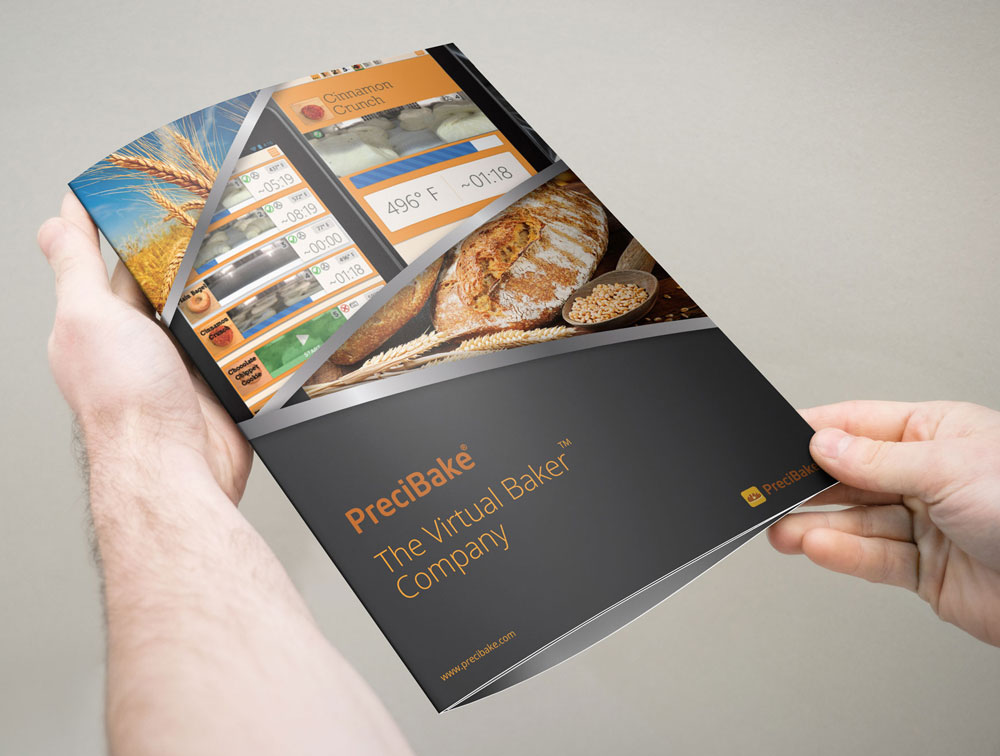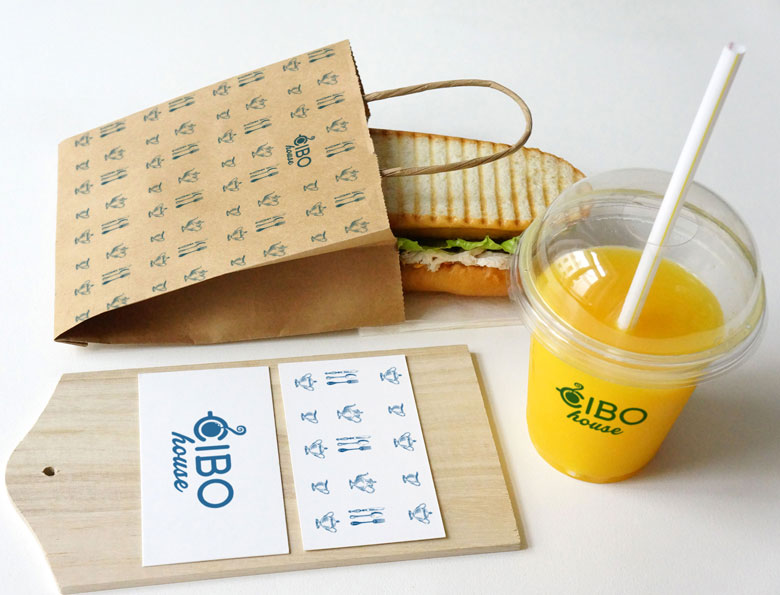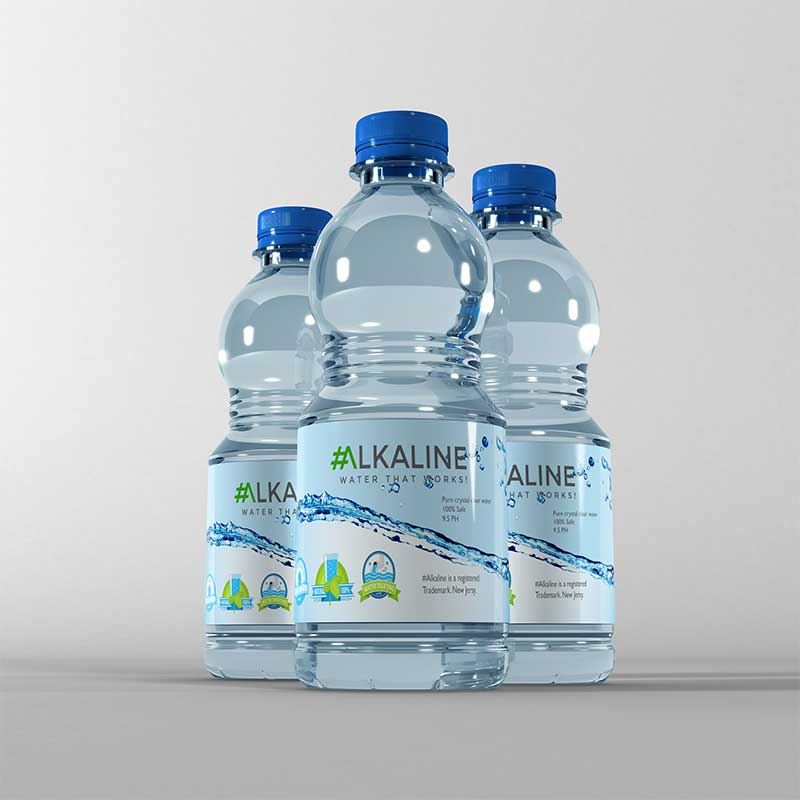Messages That Resonate
& Convert
Great brand messages take your competitive positioning and strategy to the next level. Create impact, clarity, and consistency across all your communications with strategic brand messaging that connects emotionally with your audience.
Complete Messaging Framework
Everything you need to communicate your brand consistently and powerfully
Brand Voice & Tone
- Define your brand's personality using brand archetypes
- Tone words and guidelines
- Audience-aligned communication
- Consistency across all channels
Positioning Statements
- Target audience definition
- Market category clarity
- Unique brand promise
- Reasons to believe
Elevator Pitch
- 30-second compelling message
- Grabs attention instantly
- Communicates core value
- Invites further inquiry
Mission Statement
- Core purpose definition
- Inspiring and motivational
- Team alignment tool
- Strategic decision guide
Your Brand Messaging Success is Our Priority
With over 500+ messaging strategies created since 1998, we have a proven track record of crafting compelling, consistent messages that resonate with audiences and drive business results.
We'll work with you until you have brand messaging you're excited to communicate across all channels.
Our Commitment to Your Messaging Success:
Deep Audience Understanding: We dive deep into your target audience to ensure every message resonates with their values, needs, and worldview.
Strategic Framework: You'll receive a comprehensive messaging framework with voice, tone, positioning, and key messages tailored to your brand.
Collaborative Process: We work closely with you, incorporating your feedback through revision rounds to refine the messaging until it's perfect.
Satisfaction Guaranteed: Our goal is your complete satisfaction. We are committed to delivering messaging you truly love and can confidently use.
Bottom line: Your brand messaging is a foundational investment. We ensure it's compelling, consistent, and ready to drive your business forward.
Our Messaging Development Process
A strategic approach to crafting messages that convert
Audience Understanding
We start by deeply understanding your target audience—their demographics, interests, values, and aspirations. Your messaging must resonate with this audience and reflect their lifestyle and worldview.
Brand Personality Definition
We treat your brand as a person and define its personality traits. Is it friendly, professional, authoritative, playful, innovative, or traditional? Your messaging tone aligns perfectly with this personality.
Competitive Analysis
We analyze your competitors' messaging tone to understand what resonates in your industry and how you can differentiate your brand through unique, compelling communication.
Tone of Voice Guide
We create a comprehensive tone of voice guide that outlines how to implement your brand's messaging across all communications, complete with examples and scenarios to ensure consistency.
Testing & Refinement
We test different messaging approaches with your audience to see what resonates best, using feedback to refine your tone and ensure maximum impact as your brand grows.
Brands with Powerful Messaging
See how strategic messaging transformed these brands

Mascot Character Design Branding

PreciBake Bakery Software Branding

Hyderabad Italian Bistro Logo Design & Branding

Poshlum Premium Clothing Brand

Bottled Water Company Logo Design

Chocolate Company Logo, Branding & Package Design
Everything You Need to Know About Brand Messaging
Understanding brand messaging strategy, voice, tone, and implementation
What is Brand Messaging and Why Does It Matter?
Brand messaging is the strategic communication framework that defines how your brand speaks to customers. It includes your brand voice, tone, key messages, positioning statements, elevator pitch, and messaging guidelines. It's the foundation that ensures consistent, compelling communication across all touchpoints.
Brand messaging matters because words are powerful. The right message can inspire action, build trust, create emotional connections, and differentiate your brand. The wrong message can confuse customers, dilute your brand, and waste marketing dollars. Without a clear messaging strategy, your communication becomes inconsistent, ineffective, and forgettable.
Effective brand messaging helps you:
- Communicate clearly: Ensure everyone understands your value proposition
- Build consistency: Speak with one voice across all channels
- Create emotional connections: Move beyond features to feelings
- Differentiate from competitors: Stand out with unique messaging
- Guide decision-making: Help customers choose you over competitors
Brand messaging is the bridge between your brand strategy and your marketing execution. It translates your positioning into words that resonate with your audience and drive action.
The Components of a Complete Messaging Framework
A complete brand messaging framework includes multiple components that work together to create consistent, compelling communication:
1. Brand Voice
Your brand voice is your brand's personality expressed through words. It's consistent across all communication and reflects your brand values and positioning. Is your brand authoritative or approachable? Playful or professional? Your voice defines this personality.
2. Brand Tone
While voice is consistent, tone adapts to context. You might use a more formal tone in legal documents but a friendly tone in social media. Tone guidelines help your team adapt voice appropriately while maintaining brand consistency.
3. Key Messages
Key messages are the core ideas you want to communicate about your brand. They're the foundation of all your communication—from marketing materials to sales conversations. Typically, you'll have 3-5 key messages that support your brand positioning.
4. Positioning Statement
Your positioning statement defines how you want your brand to be perceived relative to competitors. It's an internal tool that guides messaging decisions and ensures consistency across all communication.
5. Elevator Pitch
Your elevator pitch is a concise, compelling description of your brand that can be delivered in 30-60 seconds. It's essential for sales conversations, networking, and any situation where you need to quickly communicate your value proposition.
6. Messaging Guidelines
Messaging guidelines document how to use your messaging framework across different contexts. They include examples, do's and don'ts, and guidance for adapting messages to different audiences and channels.
The Brand Messaging Development Process
Developing effective brand messaging is a strategic process that combines research, creativity, and testing:
Phase 1: Discovery & Research (Week 1)
We start by understanding your brand positioning, target audience, competitive landscape, and current messaging. We analyze how competitors communicate, what resonates with your audience, and where opportunities exist for differentiation.
Phase 2: Voice & Tone Development (Week 2)
We define your brand voice and tone based on your brand archetype, values, and positioning. We create voice and tone guidelines with examples showing how to communicate in different contexts while maintaining brand consistency.
Phase 3: Message Development (Week 3)
We develop key messages, positioning statements, and elevator pitches that communicate your value proposition clearly and compellingly. We create multiple message variations for different audiences and contexts.
Phase 4: Testing & Refinement (Week 4)
We test messaging with your target audience to see what resonates best. We refine messages based on feedback, ensuring they're clear, compelling, and differentiated. This testing phase is crucial for messaging effectiveness.
Phase 5: Documentation & Training (Week 5)
We document everything in a comprehensive messaging playbook and provide training to ensure your team can apply the messaging framework consistently. This documentation becomes a valuable asset for your organization.
How Brand Messaging Increases Business Value
Strategic brand messaging directly impacts your business value in multiple ways:
1. Sales Effectiveness
Clear, compelling messaging makes sales conversations more effective. When your team knows exactly what to say and how to say it, they close more deals faster. This increases revenue and reduces sales cycle length.
2. Marketing ROI
Consistent messaging across all marketing channels increases campaign effectiveness. When your messaging is clear and differentiated, your marketing dollars work harder, improving ROI and reducing customer acquisition costs.
3. Brand Recognition
Consistent messaging builds brand recognition. When customers hear the same messages repeatedly, they begin to associate those messages with your brand, even without seeing your logo. This recognition drives preference and loyalty.
4. Customer Understanding
Clear messaging helps customers understand your value proposition quickly. This reduces confusion, increases conversion rates, and improves customer satisfaction. Customers appreciate brands that communicate clearly.
5. Team Alignment
A messaging framework aligns your entire team around how to communicate your brand. This consistency builds trust with customers and creates a cohesive brand experience. When everyone speaks with one voice, your brand becomes stronger.
Common Brand Messaging Mistakes to Avoid
Many businesses make costly mistakes when developing their brand messaging:
1. Being Too Generic
Generic messaging like "we're the best" or "we care about quality" doesn't differentiate your brand. Your messaging should be specific, unique, and aligned with your brand positioning. Generic messaging is forgettable messaging.
2. Focusing on Features Instead of Benefits
Customers don't buy features—they buy benefits. Your messaging should focus on what customers gain, not what your product does. Benefits create emotional connections; features create confusion.
3. Inconsistent Messaging
Inconsistent messaging dilutes brand recognition and confuses customers. Your messaging should be consistent across all channels and touchpoints, reinforcing your brand positioning at every opportunity.
4. Ignoring Your Audience
Messaging that doesn't resonate with your target audience is ineffective. Your messaging should be developed based on audience research, speaking to their needs, desires, and language. Test your messaging with your audience before finalizing it.
5. Not Documenting Your Messaging
Messaging that exists only in your head isn't messaging—it's memory. Document your messaging framework so your entire team can apply it consistently. This documentation becomes a valuable asset that ensures brand consistency as you scale.
Frequently Asked Questions
Common questions about brand messaging strategy and our process
What is brand messaging?
Brand messaging is the strategic communication framework that defines how your brand speaks to customers. It includes your brand voice, tone, key messages, positioning statements, elevator pitch, and messaging guidelines. It's the foundation that ensures consistent, compelling communication across all touchpoints.
How much does brand messaging strategy cost?
Brand messaging projects typically range from $1,800-$6,500+ depending on scope and complexity. Our Foundation package starts at $1,800 for basic messaging development. Our Professional package ($3,500) includes comprehensive messaging framework with voice and tone guidelines. Our Complete package ($5,500+) includes extended messaging, testing, and 6 months of crafted messages. Contact us for a personalized quote.
How long does brand messaging development take?
Most brand messaging projects take 4-5 weeks from initial brief to final messaging framework. This includes discovery and research (Week 1), voice and tone development (Week 2), message development (Week 3), testing and refinement (Week 4), and documentation (Week 5). Complex projects may take 6-8 weeks. We work efficiently while ensuring thoroughness and effectiveness.
What's the difference between brand voice and brand tone?
Brand voice is your brand's consistent personality expressed through words—it stays the same across all communication. Brand tone adapts to context—you might use a more formal tone in legal documents but a friendly tone in social media. Think of voice as who you are, and tone as how you adapt to different situations while staying true to your voice.
Do I need brand messaging if I already have brand strategy?
Yes, absolutely. Brand strategy defines your positioning and value proposition, while brand messaging translates that strategy into words. Strategy is the "what" and "why," messaging is the "how you say it." Without messaging, your strategy remains abstract. Messaging makes your strategy actionable and communicable.
What deliverables do I get with brand messaging?
You'll receive a comprehensive messaging framework including brand voice and tone guidelines, key messages (3-5 core messages), positioning statement, elevator pitch, messaging playbook with examples and guidelines, and 6 months of crafted messages (for Complete package). All deliverables are documented in a messaging playbook that your team can reference and apply consistently.
How do you test brand messaging effectiveness?
We test messaging with your target audience through surveys, focus groups, A/B testing, and feedback sessions. We measure clarity, memorability, differentiation, and emotional resonance. This testing ensures your messaging resonates with your audience and effectively communicates your value proposition before you invest in widespread implementation.
Can you help implement brand messaging across our organization?
Yes, we provide implementation support to help you apply your messaging framework across all touchpoints. This includes training your team, creating messaging templates, reviewing marketing materials, and providing ongoing messaging guidance. Our Complete package includes implementation support and 6 months of crafted messages.
What industries do you work with for brand messaging?
We've developed brand messaging strategies for businesses across virtually every industry—technology, healthcare, finance, real estate, fashion, food & beverage, hospitality, professional services, B2B, B2C, startups, and established companies. With 2000+ brands created over 25+ years, we have deep expertise across diverse sectors. Each industry has unique messaging considerations, and we understand how to create messaging that works within specific market contexts.
Do you offer payment plans?
Yes, we offer flexible payment options to make professional brand messaging accessible. Most projects require a 50% deposit to begin work, with the balance due upon final delivery. For larger projects ($5,000+), we can structure payments across project milestones. We accept all major credit cards, bank transfers, and can accommodate corporate purchase orders for enterprise clients.
What Our Clients Say
Hear from businesses with transformed messaging
Ernest Bannister
M.O.R.E
"My experience with the Spell brand team has been nothing short of excellent. From the beginning Mash and team made me feel very comfortable with the design process. I am extremely happy with the results of my design and look forward to working with Spellbrand; exclusively! I have told many family, friends and peers about the great work the Spellbrand team has done in creating my design. Thanks again for all your patience and professionalism; I look forward to working with you in the future."
Tom McGee
PD Campus
"We tried several designers to design our logo and could not find the one that fit our company. After a few years of searching for a good branding company, I found Spellbrand through a random search. Spellbrand was sensational! They took the time to listen to our story and created a few designs that spoke to our team and what we do. We've never had a designer do that. We not only received a great logo, but we now have a brand we are all proud to wear! Thank you!"
Liana Alexander Raye
Harlequin Starr International Styles
"Working with the Spellbrand team has been incredibly easy. Mash has a team of experts who are extremely visionary and pioneering, pulling together ideas and initial thoughts into an actual brand giving you options that you feel best align with your thought process. I have no idea how they created my brand based on the vague brief I gave them, but they have worked wonders and magic. Their design, attention to detail, willingness to ensure the final product is exceptional all counts towards a company who has the client at the forefront of mind at every step of the way. Spellbrand is my Number 1 go to for all branding, website and design concepts moving forward. I look at them as an extension to our marketing arm. Just brilliant."
Christian Nocera
Dapper Yankee
"Delighted to have used Spellbrand for our last project. The work was thorough and results excellent. For me it was such a pleasure to work with Mash who was able to keep up with all my last minute requests for small changes. Nothing was too much of a problem and I would have to say that its great to work with people who do actually put the customer needs first! One thing saying it, its another thing doing it – Thanks Mash!"
Choose Your Package
Transparent pricing with everything you need to get started. No hidden fees, no surprises.
Essential
What's Included:
- Brand voice & tone definition
- Tone of voice guidelines
- Positioning statement
- Elevator pitch (30-second)
- Mission statement
- Basic messaging framework
- 2 revision rounds
100% ownership • No hidden fees • Satisfaction guaranteed
Complete
What's Included:
- Everything in Essential, plus:
- Comprehensive messaging framework
- Audience persona alignment
- Competitive messaging analysis
- Extended tone of voice guide
- Multiple messaging variations
- Brand archetype integration
- 3 months of messaging support
- 3 revision rounds
100% ownership • No hidden fees • Satisfaction guaranteed
All packages include 100% ownership of final designs
Questions? Call +1 (845) 233-6410 or contact us
Ready to Build Your Brand?
Join 2000+ businesses that have transformed their brands with Spellbrand
Let's Create Something Magical Together
Ready to create a brand that stands out and drives real business results? Browse our service packages and choose the perfect fit for your business. Transparent pricing, instant purchase, and immediate project start.
